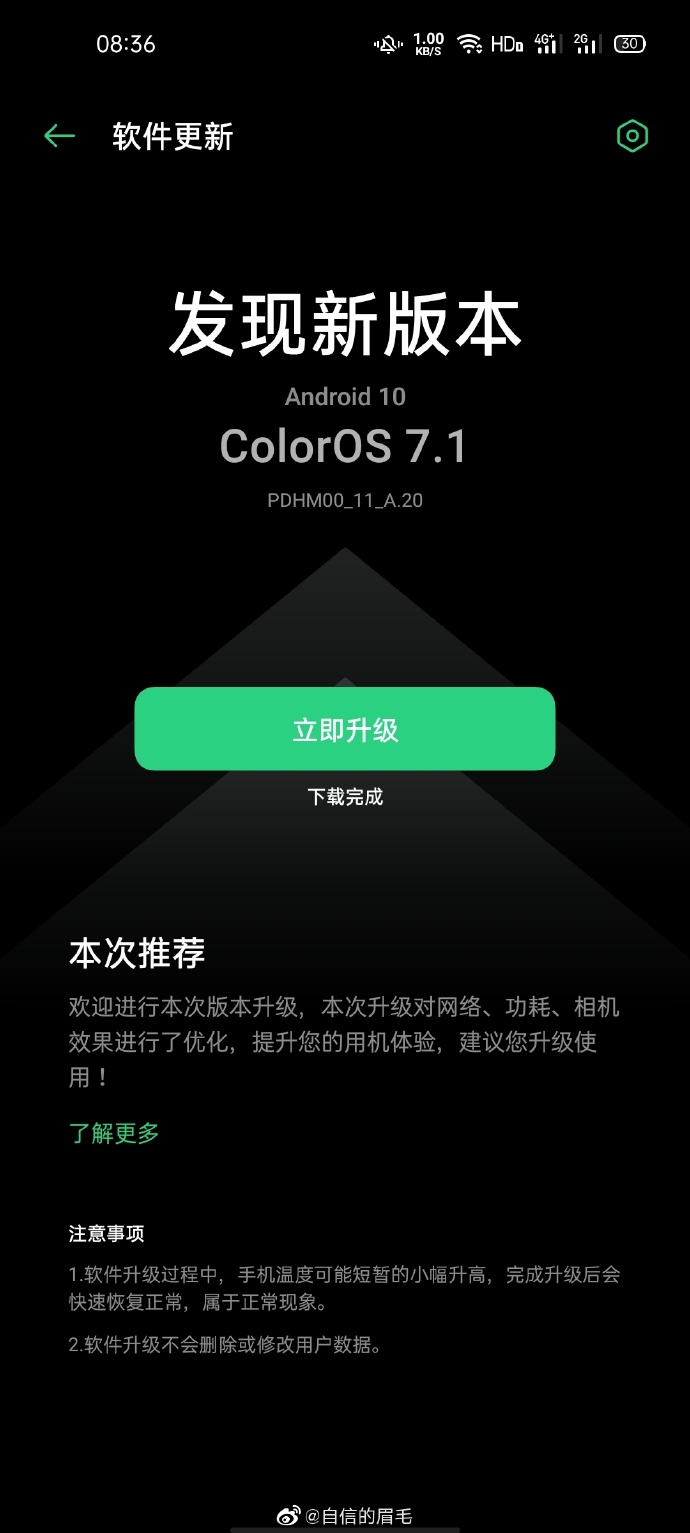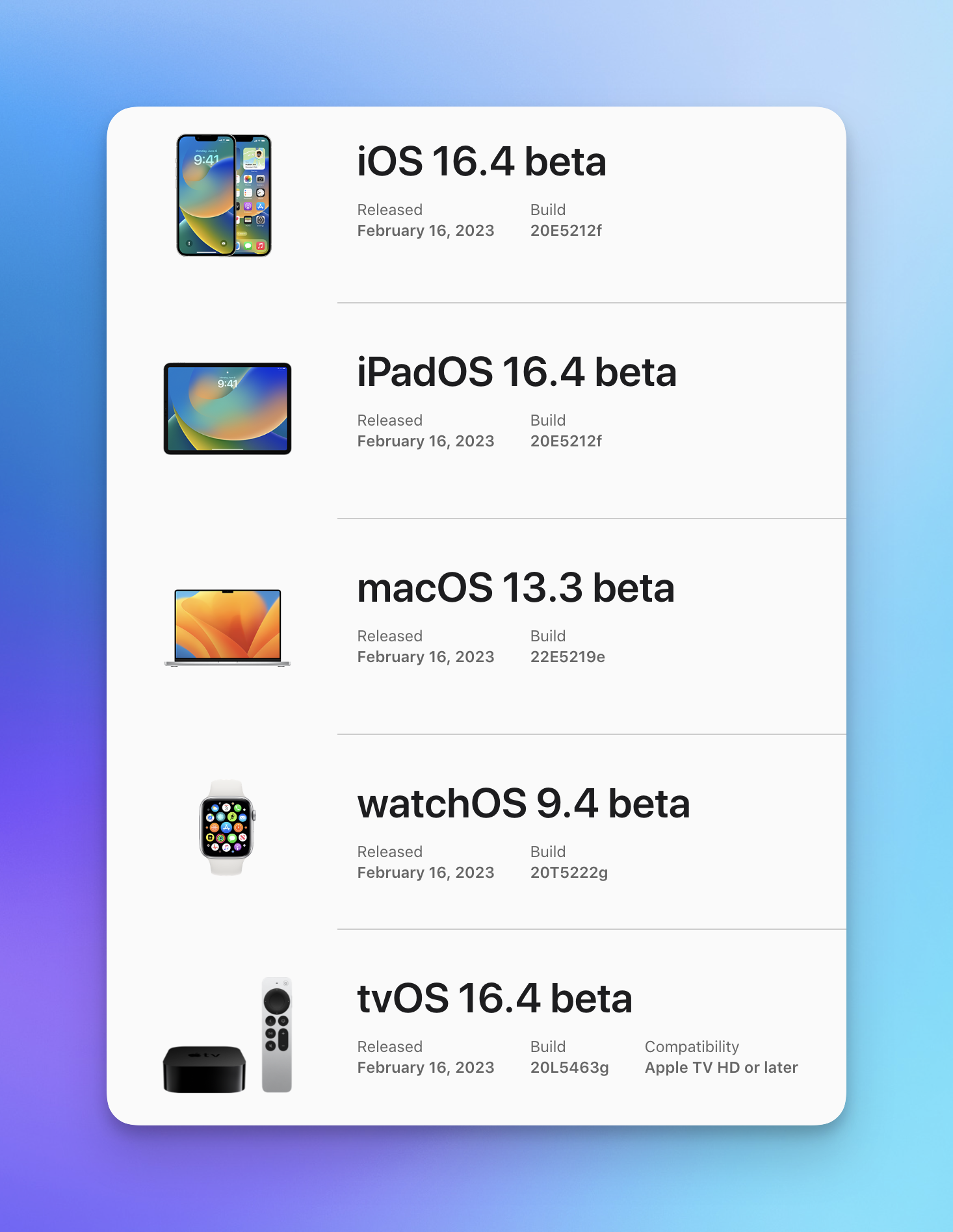01 Whether the mobile phone system should be updated frequently:
We know that mobile phones are composed of hardware and software. With the continuous advancement of technology, while the hardware specifications continue to improve, the software has also ushered in a major upgrade. Among them, the system part attracts the most attention. . Whether it is iOS or Android, the system is constantly “evolving”, so it is actually a normal thing for the system to push update notifications.

MIUI 12 (picture source network)
However, although it is not difficult to upgrade the mobile phone system, the system itself is very complicated. In many cases, a little bit of uncertainty will bring big problems in use, which also makes many users worry. So whether to update the system of the mobile phone or not, let’s take a look and find out.
1. Problems that may occur after the mobile phone system is updated
Today, with the continuous increase of system functions, the system becomes larger and larger. The most direct impact of continuous system updates is that it will take up more storage space.
In fact, updating the mobile phone system is no different from installing an APP. Both need to download the installation package locally and then restart the installation. The system firmware itself is a very large file, which will only become larger after decompression. It is possible that it will take up a large part of the ROM space.
This is not the end, the mobile phone system is a program that is always running, which means that it will also occupy part of the memory space. Therefore, when the memory and flash memory of the mobile phone are fixed, the system will become larger and larger, which will occupy more space on the mobile phone. In addition to the running of other programs, it is not surprising that the mobile phone freezes.
In addition, the ever-increasing system functions will also bring some other problems, such as fast power consumption, software incompatibility, and so on. The former is mostly related to system optimization. After the new system is installed, the CPU and system algorithms will be continuously optimized in the background. As a result, the mobile phone will naturally have the problem of increased power consumption. Therefore, many times we will find that the power loss of the mobile phone after the major version update is the most serious, and it usually takes a period of use before it stabilizes.
APP stops running (picture source network)
As for software incompatibility, it is actually rare, but it does exist. It also often happens that after a major version update of the system, some apps may have problems such as unusability and crashes, which are basically related to the software development side. They have not kept up with the development rhythm of the new system, resulting in incompatibility between software systems. You can first confirm whether the APP itself needs to be updated in order to match the new system.
Of course, the emergence of these risks is always linked to “probability”, and all we can do is to minimize these risks, so whether to update the mobile phone system frequently depends on the specific situation!
2. Frequent updates are not recommended for low-performance or old mobile phones
Generally speaking, mobile phone manufacturers update the system, in addition to fixing security holes and some bugs, the main job is to add new functions to the mobile phone. “It’s nothing to the flagship, but it’s not the same for old phones.
Thinking about our own experience of buying a phone, the new mobile phone we just bought, even if it is a cheap phone with a thousand yuan, is often very smooth. However, with the continuous update of the system version and the wear and tear of the hardware, the old models will become more and more stuck due to insufficient hardware performance, especially the mid-to-low-end mobile phones that have been used for 2-3 years. will be more obvious.
Old mobile phone (picture source network)
Undoubtedly, with the continuous update of the system, the emerging new functions are gradually increasing the load on the hardware. For friends who use old mobile phones, if there is no urgent need for upgrades, such as patching security holes, patching bugs, Or if there are new features that really attract you, it’s better not to update them.
Correspondingly, if your mobile phone is very powerful, or it is a new mobile phone, naturally there is nothing to worry about. Generally, it is recommended to update it. The new mobile phone is easy to adapt, and serious bugs are unlikely to occur, and the experience will also be improved. .
3. The large version should be updated “cautiously” as much as possible, and the small version can be updated “frequently”

Of course, in addition to depending on the situation of the mobile phone, for the system itself, we can also start from two aspects: the large version and the small version. Generally speaking, for some older mobile phones, when updating the system, try to update the system of the large version cautiously, and the small version can be updated relatively “diligently”.
The so-called major version means that there will be a qualitative change in the system update, including functional improvement, which may involve various aspects of the experience, such as daily interaction, animation, function expansion, etc. These updates are generally not just small Changes within the scope of the system, but changes to the bottom layer of the system, and most of them are adapted and upgraded for some new models. Even if the old models support the new system, the user experience is definitely not comparable to that of new phones.
iOS 14 (picture source network)
Therefore, for this kind of large version update, it is recommended that you be more cautious and do not update immediately. You can wait and see, and pay attention to other users’ feedback on this. After waiting and watching for a period of time, make sure that there will be no problems with this major version update, and then update the phone.
In comparison, the minor version update is different. It is optimized based on the current system version of the mobile phone. The content and scope of the update are much smaller. It only fixes some bugs in the system. At the same time, some new detailed changes will be introduced, which will not involve the underlying problems of the system.
This means that this kind of update will have relatively little impact on the mobile phone, and it will not cause problems such as mobile phone freezes, heat generation, and high power consumption. Therefore, it is recommended that you follow the upgrade of the small version system.
Finally something to say:
In general, the advantages and disadvantages of updating the system coexist, but in most cases, it is not a bad thing to update the system on mobile phones. From the perspective of functionality and security, the advantages of system updates still outweigh the disadvantages. After all, the new version is dedicated to solving the bugs and loopholes left over from the previous version, and it is an upgrade and optimization of the existing experience.
But we also need to see the risks and problems behind it. In short, not every mobile phone can perform direct system updates, especially for old models, frequent system updates will inevitably bring some problems. question. In short, I still recommend that you choose according to your actual situation. Not every system notification needs to be updated, and you don’t have to avoid it like a snake. If you are really worried, just like I said above, try to wait and see for a while. Check out everyone’s feedback!
02 Detailed parameters of Apple iPhone 12

